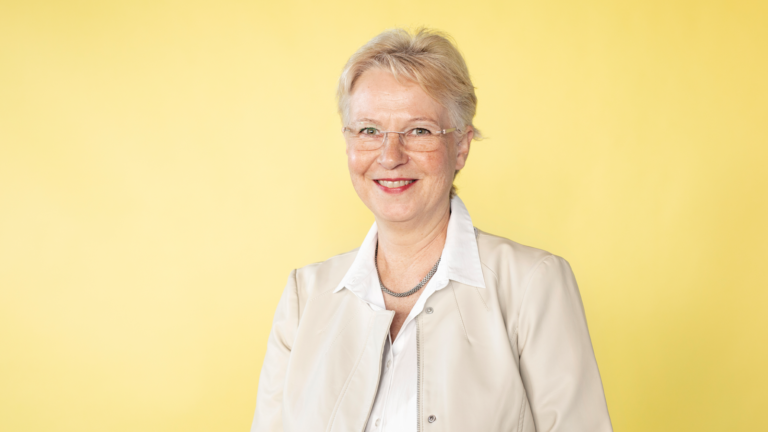In the Digivisio 2030 programme, Finnish institutions of higher education are working together to build a future of learning in which we all can learn and amass skills and knowledge more easily and more flexibly for the changing world. The journey towards the future of learning will trigger many kinds of changes in the everyday life and operating practices of higher education institutions. In autumn 2022, the institutions of higher education will be preparing their own change programmes, the aim of which is to identify possible changes to operating practices and processes brought about by Digivisio and to promote their successful implementation.
The Digivisio programme offers institutions of higher education many kinds of support in preparing and implementing their change programmes. Eeva-Leena Forma started as a Project Manager for the support team in August. She moved to the programme as a partial implementer from the Satakunta University of Applied Sciences. Through a partial implementation model the institutions can offer their skills and knowledge to help the implementation of different projects and services, and in so doing, to be more active participants in Digivisio work.
“I feel I’ve gained a good foundation for this task during the previous six months that I and three other partial implementers spent working on the preparation of the programme for change management together with Project Manager Erika Maliranta”, Forma explains.
Digitalisation as a driving force for change
For the past 10 years, Eeva-Leena Forma has worked in education development at the Satakunta University of Applied Sciences. Before that, she was a lecturer in the field of technology. She characterises herself as a continuous learner, and over the years she has supplemented her expertise in education and communication with skills related to higher education administration and management.
“About 10 years ago, SAMK created a special development and support service team for education. Its purpose was to combine student administration system development, the development of digital learning environments, the development of digital pedagogy and higher education pedagogy more widely, curriculum work, student guidance, resource planning, information production, and teaching quality management procedures. In my experience, the greatest insight was acknowledging that knowledge of these areas within the development activities should be linked together with a team structure. I can still see the value in that.”
At the Satakunta University of Applied Sciences, the contact persons for the Digivisio programme have already formed a local project group, and the operative contact person works in cooperation with a steering group with representatives from administration. Institutions of higher education, including SAMK, appoint their own change coordinators to prepare the institution’s change programme. Forma describes the atmosphere among the change coordinators as expectant and interested.
“Digivisio is challenging all higher education institutions to jump on the same train. The departure time, the stops and the speed of the train are ultimately determined by each party. All of this takes place in cooperation with the higher education institutions and as part of the change programme’s support”, says Forma.
Boldly creating a new future together
Forma has extensive expertise in education development, and she has seen many kinds of reform and development projects during her career. The development of e-learning competence that combines technology and content has been at the core of the development work in the entire field of higher education already before Digivisio. Forma considers it particularly valuable and necessary to collaborate between institutions of higher education in ways that highlight learning and learner support.
“We’re looking ahead, and I believe that we’re currently in the middle of the most significant and extensive digitalisation reform we’ve yet seen in higher education.”
Digivisio, too, is all about co-creation. The change coordinators will start their work in October, and their work will be strongly influenced by learning from others, peer support and collaboration. Forma will be working in close collaboration with a network of coordinators and the change programmes of institutions of higher education.
“In my view, the Digivisio 2030 programmet is a feat of strength for higher education. It’s implemented with the support of the management of higher education institutions, an extensive network of experts in different fields and Digivisio’s multidisciplinary experts. Collaboration and joint development for the promotion of digitalisation in higher education has been instrumental in the project, and it’s becoming stronger all the time as the change coordinators of different institutions are starting their work”, Forma sums up.
Do you want to be part of the Digivisio work?
New partial implementers are constantly being sought for different activities aimed at promoting the future of learning. Further information on the partial implementer model and on application processes currently under way can be found on the Digivisio Eduuni wiki (sign up required). If you are interested in work as a partial implementer, please get in touch with the contact person of the Digivisio programme of your own institution of higher education.
